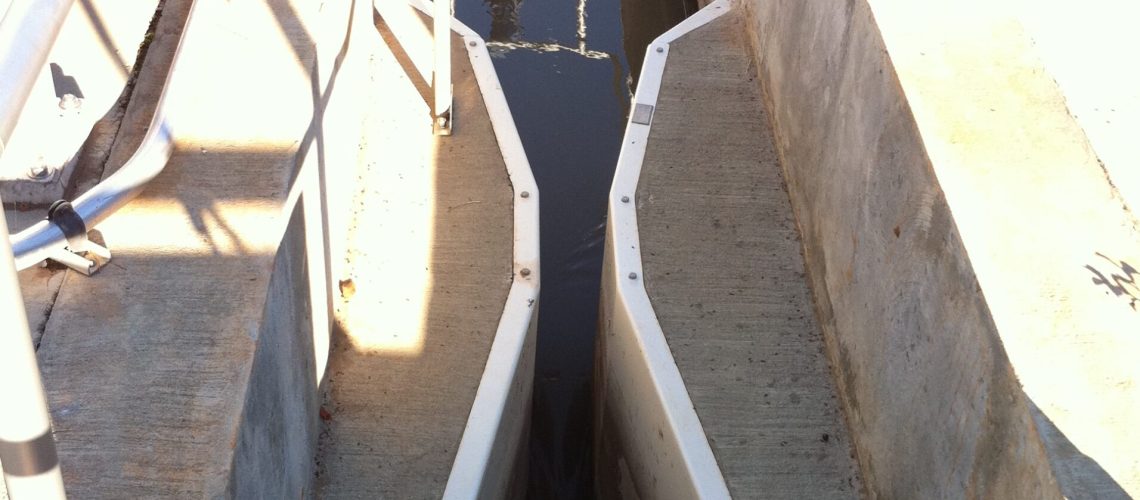For most applications, the Parshall flume is the best way to go. This particular style has an immense amount of research done on it, making it easy to adjust for errors while still getting accurate measurements. It’s important to recognize, however, that they don’t work for every single situation. Learn about some Parshall flume alternatives, and discover when another design may be more preferable.
Benefits of Parshall Flumes
It’s no accident that the Parshall flume is the most popular flume type in the world. It offers several advantages that can make your flow rate measurement efforts easier than ever. Its popularity means you won’t have to look far to find operators who are familiar with the design. That familiarity means fewer errors when taking measurements.
The general process of measuring is quite simple with a Parshall flume. If you have a particularly large version, you’ll find an impressive submergence resistance ability, though even the smaller sizes still offer quite a bit of resistance. Additionally, calibrating these flumes is much easier than you’d expect thanks to the flat-bottomed inlet. These flumes are also compatible with end adapters to easily integrate into piped systems.
Drawbacks of Parshall Flumes
Not everything about the Parshall flume can be flawless. There’s a reason the Parshall flume is the most popular, but there’s a reason other styles exist as well. For example, if you’re using a particularly small Parshall flume, about one to two inches in size, you’ll find them virtually useless for sanitary flows as they’ll just get clogged.
One of the largest drawbacks of Parshall flumes is the required drop. The floor of the flume requires a drop point. If you’re installing a flume for the first time in a brand new system, this is fairly easy to account for. Installing into an already existing system via retrofit, however, can be quite difficult. Plus, Parshall flumes are generally quite long, which could limit their ability to fit into certain channels as well.
Alternatives to Parshall Flumes
If you find yourself in a situation where a Parshall flume simply won’t fit, you’ll need an alternative. Fortunately, there are plenty of options available. Let’s say you have a low flow, for example. A small Parshall flume will clog even if there’s just mild sediment in the flow. If you opt for a flume with slanted walls like a trapezoidal, however, you won’t have to worry about sediment buildup.
The bane of Parshall flume retrofits are flat channels. The required drop is hard to integrate into an existing system, but there is a solution. The drop occurs in the throat section of the flume, so you can simply remove the throat section. A Parshall without its throat is called a cutthroat flume. Additionally, if limited space is preventing a Parshall from being useful, trapezoidal and Palmer-Bowlus flumes are smaller.
Flumes from Tracom
If you’re looking for Parshall flume alternatives, look no further than Tracom. Our team can offer a wide variety of fiberglass flume styles with the ability to custom design a flume that’ll fit your unique flow channel conditions. Contact our team to learn more!


